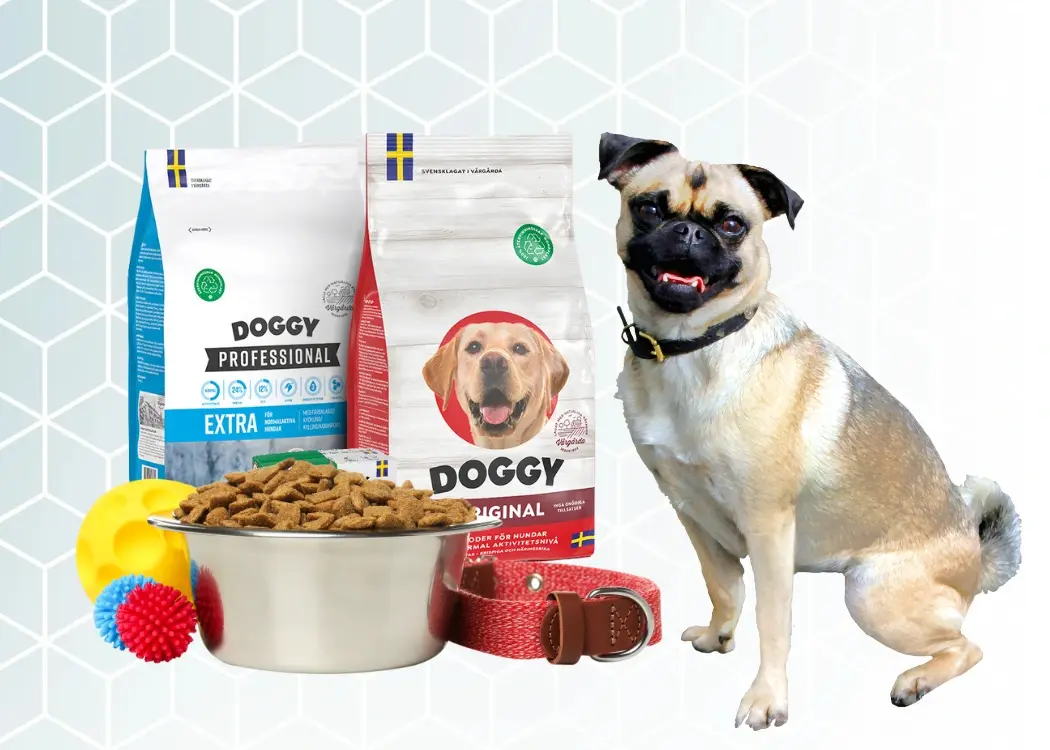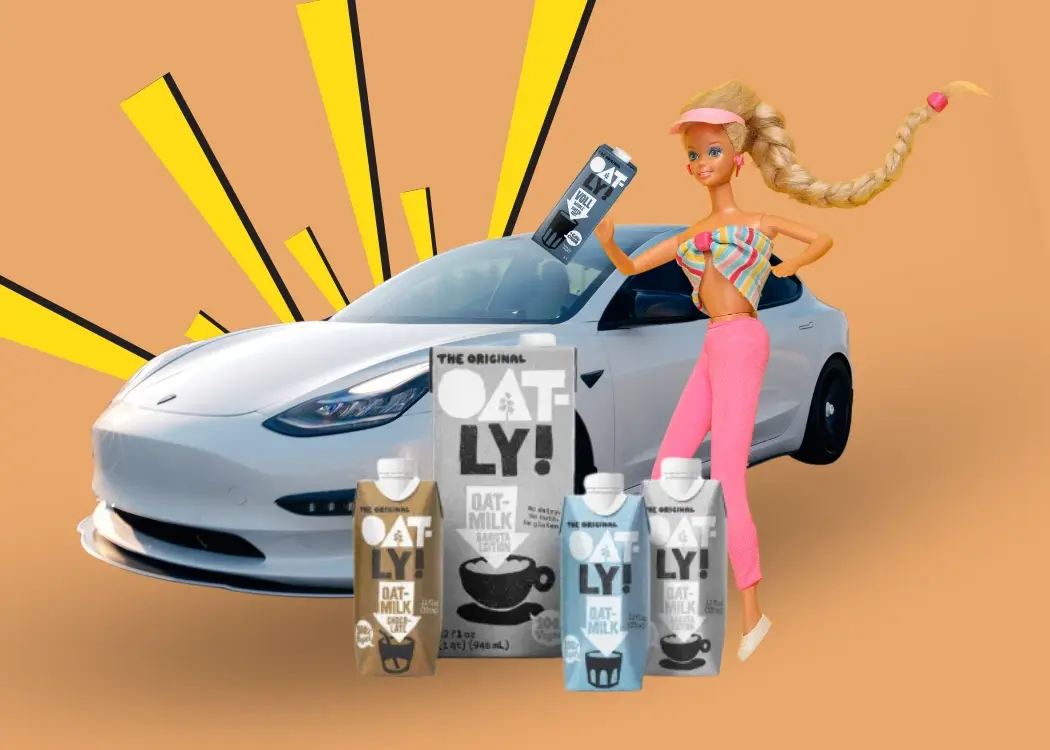How automated artwork management transforms packaging workflows
Automated artwork management is transforming how brands, agencies, and printers manage their packaging design process. In this article, we explore...
5 min read
 Ekaterina Skalatskaia
:
June 20, 2025 at 7:15 AM
Ekaterina Skalatskaia
:
June 20, 2025 at 7:15 AM

Pet food labelling in the European Union is a tightly regulated process, shaped by the goal of ensuring safety, transparency, and trust for consumers and their pets. Regulation (EC) No 767/2009 outlines the key labelling rules for animal feed, including pet food. In a competitive and heavily scrutinized market, clear and compliant labelling isn’t just a legal obligation—it’s also a cornerstone of brand credibility.
Pet food labels in the EU must contain several elements that are clearly defined by law:
Product Name and Intended Species: It must be obvious which type of animal the product is for (e.g., "Complete feed for adult cats").
Ingredients: Listed in descending order by weight, using approved and clear terminology.
Analytical Constituents: Key nutritional information such as crude protein, crude fat, crude fibre, and crude ash.
Additives: If any are used, their purpose and category (e.g., preservatives, vitamins) must be indicated.
Name and Address: The name or business name and address of the feed business operator responsible for the label.
Batch Number and Best Before Date: For traceability and safety assurance.
Feeding Instructions: Particularly for complete and complementary feeds.
Net Weight: Clearly displayed on the packaging.
These components help ensure that consumers understand what they’re buying and feeding their pets, and they support regulators in overseeing food safety.
Regulation (EC) No 767/2009: Governs the marketing and use of feed, including pet food.
Regulation (EC) No 183/2005: Lays down feed hygiene requirements.
Regulation (EC) No 1069/2009 and 142/2011: Cover animal by-products used in feed.
Despite clear regulations, several recurring mistakes can trigger non-compliance:
Vague Ingredient Terms: Using unapproved descriptors like "meat derivatives" without proper classification.
Unsubstantiated Claims: Suggesting health benefits without evidence (e.g., "supports joint health").
Misleading Emphasis: Highlighting minor ingredients (e.g., "with salmon") that make up only a small percentage.
Incomplete Manufacturer Information: Failing to list a contact point for consumer inquiries or complaints.
EU legislation strictly regulates the use of nutritional and health-related claims:
"Complete and Balanced": Can only be used if the product meets nutritional guidelines established by recognized scientific authorities or feeding trials.
Health Claims: Must be factual, provable, and not suggest therapeutic effects (e.g., "relieves anxiety" is not acceptable).
Additives and Functional Ingredients: Claims around these must be tied to approved functions and listed in the EU Feed Additives Register.
Avoid sweeping, unprovable claims such as "boosts immunity" or "improves longevity" without credible scientific backing.
Some terms, though popular in consumer marketing, are risky or discouraged under EU rules:
"Hypoallergenic": Requires robust proof and is often scrutinized for medical implication.
"Natural": Only allowed if all ingredients meet the definition, and the product is free from synthetic additives.
"High in Protein": Must be substantiated by comparing to similar products.
Breed-Specific Phrasing: Permissible only if the formulation is genuinely tailored and supported by data.
"Human-Grade": Not a regulated claim in EU feed law and should be avoided to prevent misleading impressions.
Understanding the regulatory differences between the European Union and the United States is crucial for pet food manufacturers operating internationally. While both systems aim to ensure safety and transparency, they differ significantly in how they regulate ingredients, labeling, manufacturing practices, and claims. The table below highlights key distinctions between EU pet food compliance—governed by harmonized EU regulations—and U.S. compliance, primarily overseen by the FDA in conjunction with AAFCO guidelines.
|
Aspect |
EU |
U.S. (FDA) |
|---|---|---|
|
|
|
GRAS and additive petition system |
|
|
|
|
|
|
|
|
|
|
|
|
Stay Current with EU Regulations: Laws evolve; keep up with guidance from EFSA and national authorities.
Maintain Supporting Documentation: For every claim and label element, ensure traceable, verifiable evidence.
Pre-Launch Review: Consult legal advisors or regulatory consultants before releasing new products.
Transparency as a Brand Asset: Use label clarity and honesty as marketing strengths, building consumer trust.
Navigating EU pet food labelling regulations can be complex—but tools like Cway software simplify the process for manufacturers, brand owners, and compliance teams.
With Cway, you can:
Manage Label Approvals: Centralize the review and approval of packaging and product labels to ensure they meet Regulation (EC) No 767/2009 requirements.
Track Ingredient Compliance: Maintain up-to-date records of approved ingredients and additives, including traceability to source materials.
Store Supporting Documentation: Link scientific justifications, lab reports, and additive authorizations directly to product SKUs.
Ensure Version Control: Avoid outdated or incorrect labels being sent to production or market.
Collaborate Across Teams: Enable QA, R&D, and marketing to align early and avoid late-stage regulatory issues.
Cway is particularly valuable for companies operating across multiple EU markets, where regulatory consistency and document control are critical.
Experience the power of smart packaging workflow analytics. Start your free trial and take control of your projects today.
Pet food labels in the EU are governed by stringent laws designed to protect animals, inform consumers, and ensure fair competition. Missteps in labelling can result in blocked market access, product recalls, or reputational harm. By aligning with Regulation (EC) No 767/2009 and related legislation, brands can build compliance into their product identity and use it as a pillar of consumer trust and long-term success.
If you're exploring how packaging design intersects with consumer trends and regulatory compliance, don’t miss the Cway Insights blog post on how pet food brands balance freshness, health claims, and packaging compliance. It highlights how pet food companies are navigating the rising demand for freshness, natural ingredients, and health-focused messaging—without crossing regulatory lines.
The piece reinforces the idea that while innovative claims can capture consumer interest, they must be carefully managed to comply with EU regulations. It also emphasizes the value of collaboration across teams—R&D, QA, Marketing, and Legal—to align claims with both science and compliance.
With Cway software, teams can streamline this process by managing artwork approvals, validating claim substantiation, and maintaining audit-ready documentation—all within a single, user-friendly platform.
Under Regulation (EC) No 767/2009, pet food labels must include the product name, target species, list of ingredients (in descending order by weight), analytical constituents (e.g., protein, fat, fibre, ash), additive categories, feeding instructions, net weight, best-before date, batch number, and the responsible operator’s contact details.
Yes—but only if they are truthful, verifiable, and not misleading. Claims like “supports joint health” or “rich in omega-3” must be supported by scientific evidence or nutritional analysis. Claims suggesting treatment or cure of disease (e.g., “relieves anxiety”) are not allowed.
Generally, no. Once a product is compliant with EU regulations, it can circulate freely across EU Member States. However, some countries may require language translations or localized compliance practices, so checking with local authorities is still advisable.
The EU follows a harmonized, mandatory labeling framework with strict ingredient definitions and claim verification. In contrast, the U.S. system (FDA and AAFCO) allows more flexibility, using GRAS status for ingredients and varying state-level enforcement. A detailed comparison is provided in the table above.
Cway software helps brands streamline label approval workflows, maintain up-to-date regulatory documentation, manage claim substantiation files, and ensure version control across departments—minimizing compliance risks and accelerating time to market.

Automated artwork management is transforming how brands, agencies, and printers manage their packaging design process. In this article, we explore...

In this article, we’ll explore what labeling management software is, why it matters, and how it can transform your packaging workflows. Whether...

When you think of Barbie, you might picture hot pink plastic. Oatly? Probably that cheeky, handwritten font on a beige carton. And Tesla—sleek,...